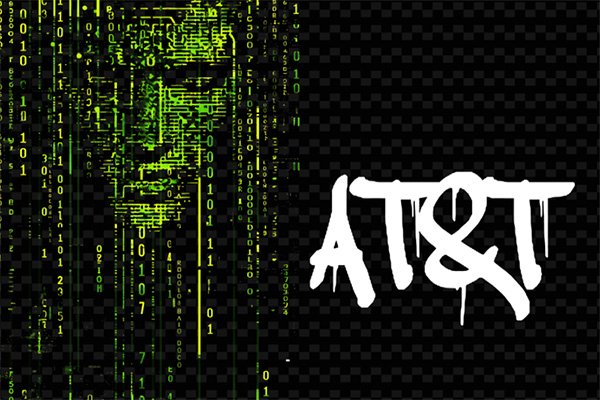
According to Gartner, global security and risk management spending is expected to grow 14% this year to $215 billion, catapulted by recent changes worldwide: continuous hybrid workforce, the rapid ascension of generative AI, and the rising necessity to adopt cloud services to accommodate modern workplaces. And yet, a string of cyber attacks (including the AT&T breach) this summer have caused significant damage to several enterprises and are likely to cause another spike in cyber insurance rates.
One of the most prominent corporate weak spots hackers look for is their employees, where companies are spending an average $3,000 each for cyber training and resilience.
The AT&T breach on June 24 resulted from a more significant internet breach, the Snowflake breach, a “coordinated campaign targeting multiple organizations using Snowflake’s cloud storage services. At least 165 organizations were potentially affected by unauthorized access to their Snowflake customer instances,” as provendata.com reports.
AT&T stated that the compromised data includes the telephone numbers of nearly 110 million of its mobile customers and the customers of wireless providers that used its network between May 1, 2022, and October 31, 2022, including a record of every number these customers called or texted.
Although AT&T clarified that the exposed data did not include the content of calls or texts, nor did it contain sensitive personal information such as Social Security numbers or birth dates, in a different statement, it was said that the records could potentially be linked to individuals through publicly available tools, raising concerns about privacy and security.
Several companies, including Ticketmaster, Santander, and Advance Auto Parts, were affected by this attack. The fact is, simple password/authentication hygiene could've prevented much of it.
These were three main factors that the crooks leveraged to gain access:

One of the most critical vulnerabilities in the Snowflake breach was the lack of multi-factor authentication on the impacted accounts. This extra layer of security could have significantly reduced the likelihood of unauthorized access, even if attackers have obtained valid login credentials.
Old, weak credentials made it much easier for criminals to access users’ accounts, leading to the data breach. Regular credential updates and rotation are a must for companies. By not doing so, paired with the lack of MFA, companies create a recipe for disaster.


Allow lists restrict access to trusted locations, ensuring that only authorized devices and IP addresses can access sensitive systems. AT&T's failure to implement network allow lists allowed attackers to access the network from untrusted locations, exacerbating the breach's impact.
After all, much of the damage could’ve been avoided by starting with the basics: effective password hygiene.
Ineffective password practices stem from inadequate training and awareness: most employees have been trained on it but they are not disciplined. Cybersecurity is not on top of their minds — getting their jobs done is #1.
In a previous post, we explored the five reasons cybersecurity training falls short. As mentioned in that article, most cybersecurity training sessions are:
If your cybersecurity awareness team isn’t integrating strong content and promoting continuous learning, your company might be on the path to joining the dire statistics.
We have the perfect solution if you’re committed to taking cybersecurity to a new level in your organization.
Our offer is simple:
Our team is standing by to show you some of the innovative ways organizations use Aware Force to engage their employees. (And the employees let them know how much it’s appreciated!)
Get in touch with us here at https://awareforce.com/contact-us/ :
Sources: